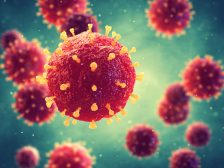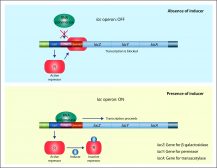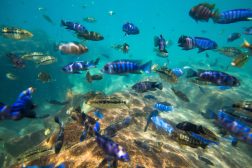Definition
noun
(genetics) A type of aneuploidy characterized by the loss of a pair of homologous chromosomes
Supplement
Aneuploidy is a chromosomal variation due to a loss or a gain of one or more chromosomes resulting in the deviation from the normal or the usual number of chromosomes. The different conditions of aneuploidy are nullisomy (2N-2), monosomy (2N-1), trisomy (2N+1), and tetrasomy (2N+2).
Nullisomy is a genome mutation where a pair of homologous chromosomes that would normally be present is missing. Thus, in nullisomy, two chromosomes are missing, and the chromosomal composition is represented by 2N-2. Individuals with nullisomy are referred to as nullisomics.
Nullisomy is caused by a nondisjunction during cell division, particularly meiosis. Nondisjunction occurs when the homologous chromosomes (or sister chromatids) failed to separate. The outcome would be a gamete lacking a pair of homologous chromosome and another gamete gaining that pair. The gamete lacking that pair would give rise to a nullisomic or a nullisome whereas the gamate gaining that pair would give rise to a disomic. A disomic individual is one exhibiting disomy, i.e. an aneuploidy characterized by having one or more chromosomes present twice. Nullisomes, particularly higher animals, would not be able to survive. In plants, nullisomy may produce viable polyploid plants.
See also:
Related form(s):
- nullisomic (adjective, of, relating to, or characterized by, nullisomy; noun, a cell or an organism in nullisomy and a chromosomal composition designated as 2N-2)







